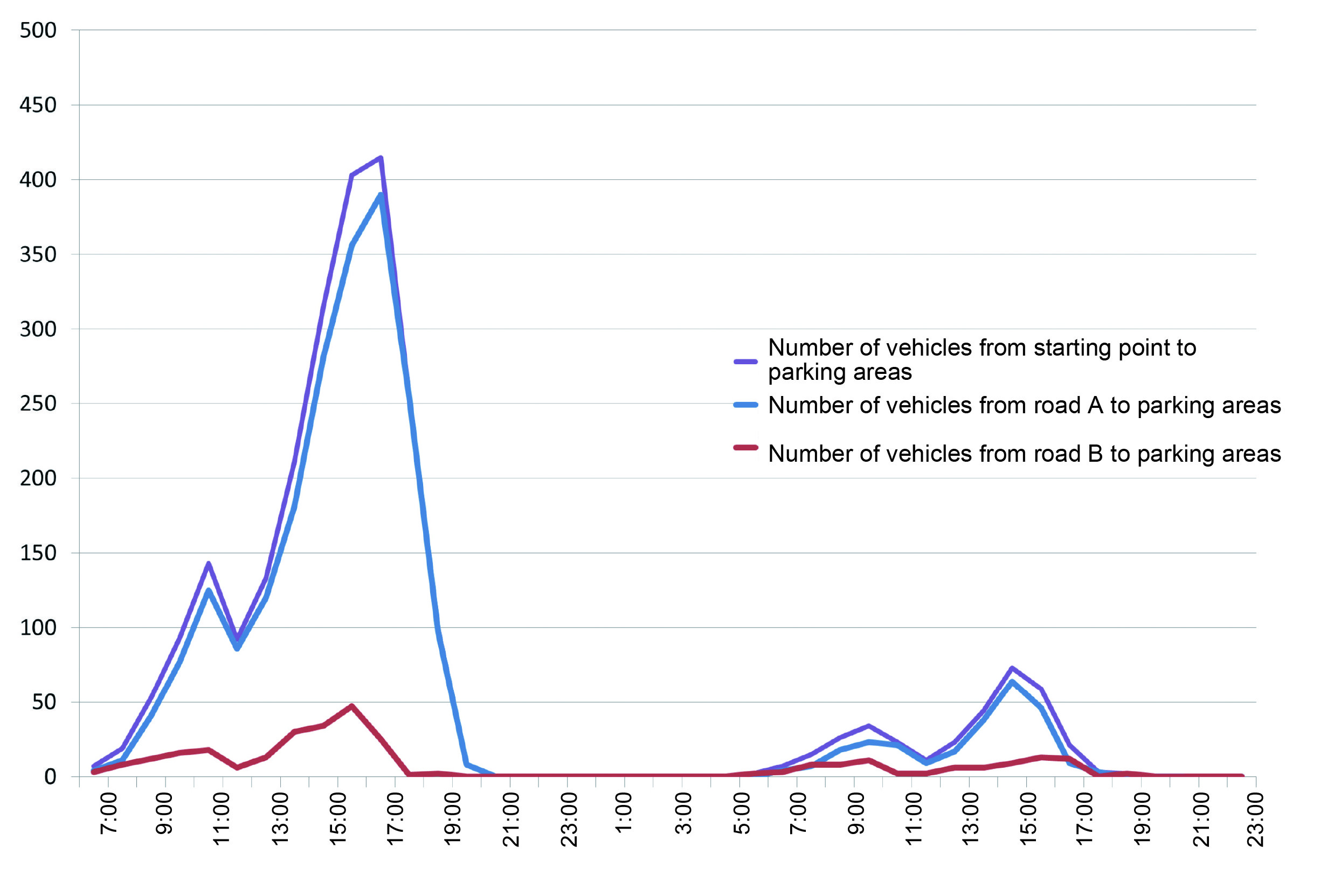Major Research 2A. Research and Development on Port- and Airport-Function Strengthening to Secure International Competitiveness
Background and Objectives
Focused approaches on the following two matters are required:
- The population is decreasing, society is graying, and accumulated infrastructure is aging in Japan. In view of such problems, studies should be conducted on how to secure port and airport functions, which support the international competitiveness of Japanese industry and the vitality of the nation, and people's lives.
- With limited financial resources and workforce, studies should be conducted on how to efficiently and effectively implement maintenance, renewal, and repair works while efficiently using existing infrastructure and prolonging the life of overall facilities themselves.
Therefore, we decided to conduct research and development on strengthening port and airport functions and other activities. Currently, we are promoting institution-wide comprehensive research and development on subthemes associated with international competitiveness including an internationally strategic port policy, Haneda Airport improvement, and export capacity of infrastructure.
The themes of this research address the development of specific technologies associated with international competitiveness including automated cargo works, construction information modeling (CIM), and export capacity of infrastructure. Regarding development of technologies which efficiently and effectively implement the following matters, the themes of other studies (1A, 2B, and 2C) address: improvement of largescale facilities, improvement of the quake resistance of facilities, maintenance and management after facility construction, and improvement of existing facilities.
Research topics
1.Development of efficient-use strategies of consecutive container terminals and automation of terminal works
We created models of Minami Honmoku Pier MC1-4 of Yokohama Port for the study. In MC1-4, we will quantitatively evaluate the effects of off-dock loading/unloading as well as the effects of efficient operations on reducing environmental burden and preventing congestion in front of gates through numerical simulation. Then, we will use the evaluation results to establish strategies to effectively and comprehensively utilize container terminals.
Regarding the conventional operation methods and cargohandling machinery, we will suggest and apply a system to improve terminal productivity.
2.Research on terminal systems for packaged export of container terminals
We will establish cargo-handling facilities, operation systems, and design and planning methods which allow streamlining of container terminals.
3.Saving labor, shortening the work period, and reducing costs by using CIM
As part of CIM utilization, we will use construction-control data from a multi-beam sonar to establish a construction inspection method. With this method, we aim to save labor and achieve international standardization of construction-control inspection. By using CIM, we also aim to establish unmanned marine construction, in which Japan is lagging behind.
Activities in FY 2016
We created numerical models of Minami Honmoku Pier MC1-4 of Yokohama Port for the study. In MC1-4, we quantified the numbers of waiting vehicles in front of gates for different hypothetical conditions regarding gates' conditions, configuration, and handling capacities through a numerical simulation using AutoMod.
In studies of overseas cases, we quantitatively analyzed the costs of maintenance, fuel, IT investment, depreciation, and others in a scenario that assumed switching a container terminal's cargo handling from the conventional system to an automated system. Then, we determined the effects of the automation on terminal areas, overall costs, and benefits.
For introduction of multi-beam sonars, the following need to be investigated: data accuracy which satisfies output-test standards, establishment of operation methods, appending information to the output-test standards, and coordination with Japan Coast Guard (JCG). We provided administrative support for such requirements.


Comparison of the number of waiting trucks in front of gates under the following two countermeasures against future increases in handling number at MC1-4: the number of additional gate lanes is kept to the minimum (upper graph); the number of additional gate lanes is increased dramatically (lower graph). On heavy-traffic days (left side of the graphs), a large difference occurs.
Automated Stacking Crane (Kalmar)
A container is lifted from a trailer
(TraPac Terminal, Los Angeles Port)

Automated Straddle Carrier (Kalmar)
A sea shore crane unloads a container and is automatically transported by it
(TraPac Terminal, Los Angeles Port)




